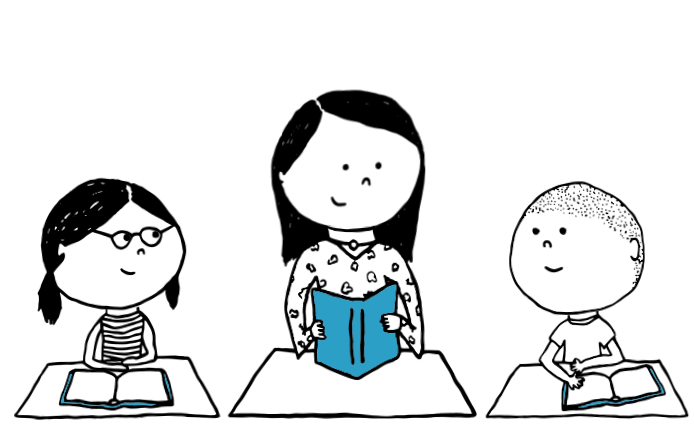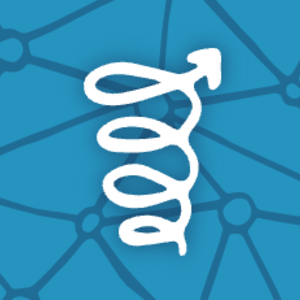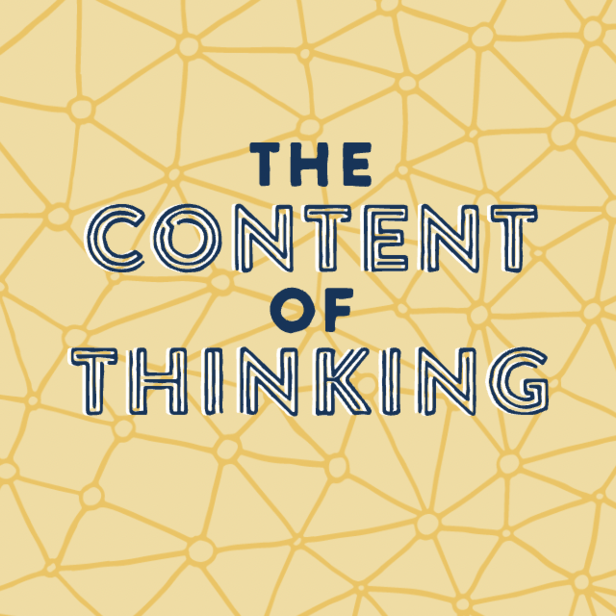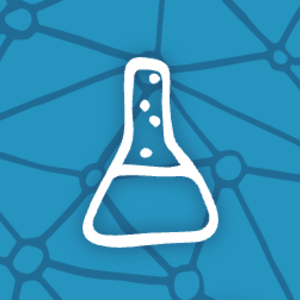A central challenge of teaching is to engage students in thinking about content.
This isn’t easy, given that students are not empty vessels into which content can be poured. What’s more, even the most compelling content cannot teach itself. Teachers must develop the skill to design instructional experiences that motivate students to think about meaningful information. This pedagogical ability distinguishes teachers as professionals.

Understanding how to effectively teach challenging content takes years, even decades. Rarely if ever do educators develop it fully during their pre-service preparation. And while educator-preparation programs play an essential role in fostering this ability, they face several challenges in doing so.
One problem is that most pre-service teachers do not know what precise grade or subject area they will be hired to teach, and many will change grade levels and subject areas many times over the course of a career. At the elementary education level, should a preparation program try to cover every content standard from kindergarten to sixth grade? (Hint: No, there’s not enough time.)
Nor are things any easier at the secondary level. Consider, for example, that a high school teacher with a social studies credential may end up teaching history, psychology, civics, geography, sociology, and world religion. It would take a lifetime (if ever) to master just one of these subjects, to say nothing of all of them.
Educator-preparation programs thus face a sort of “Russian nesting doll” challenge. Teacher-educators must themselves master certain content they will teach to their teacher-candidates. These same teacher-candidates in turn will become practicing classroom teachers who will need to engage their students in particular content. At each stage, the amount of content knowledge to be imparted exceeds what can reasonably be covered in the previous one.

But this seeming paradox can be resolved. In our view, when it comes to content, effective educator-preparation programs should focus on depth rather than breadth.
This means the following:
1. Select ambitious content
Programs should focus attention on the ideas that spiral through college- and career-ready content standards, and are foundational to developing student understanding in a given subject. Standards and local curriculum should be the starting point for this process – but not the end. Effective teacher-educators must help their candidates deeply understand and organize their teaching around unifying themes.
VA USI.8: The student will apply social science skills to understand reform in America from 1801 to 1861 by explaining the main ideas of the abolitionist movement.

2. Use rigorous tasks
There are many ways to teach a particular piece of content. Some methods may help students get the right answers, but be insufficient to help them develop deeper conceptual understanding of the content. Teacher-educators should model the use of rigorous tasks that will help students understand why something happened, or why we use certain procedures to solve problems.

3. Focus on student thinking
It’s not enough for future teachers to know particular content, or to imagine how students might engage with it in the abstract. They need to understand how actual students interpret and make sense of content. What background knowledge do students bring? How does it vary? What misconceptions are students likely to have? Teacher-candidates need repeated opportunities to probe these questions – and to see the potential for learning in all of their students.

These three components of developing deep understanding of content work in tandem, not sequentially. As a result, in the often messy business of preparing future teachers, we’ve rarely observed any factor in isolated and pristine fashion. What we’ve seen instead is how effective programs combine these considerations in ways that help their teacher-candidates develop the skills to learn new content – as they inevitably will have to do – throughout their careers as educators.
Here, we peer into three such programs:
- At the University of Virginia, we will see how one general methods professor helps her teacher-candidates organize content by modeling “big ideas” that can unify and sequence lessons, and how another social studies teacher-educator helps cultivate historical thinking skills with her teacher-candidates.
- At the University of North Carolina Charlotte, we will see a math methods professor support teacher-candidates in using rigorous tasks to teach the multiplication of fractions and draw connections across mathematical concepts.
- At the University of Texas Rio Grande Valley, we will see teacher-candidates practicing English Language Arts-specific content instruction and develop a rich appreciation of what their students are capable of learning.
Join us as we explore The Content of Thinking.









